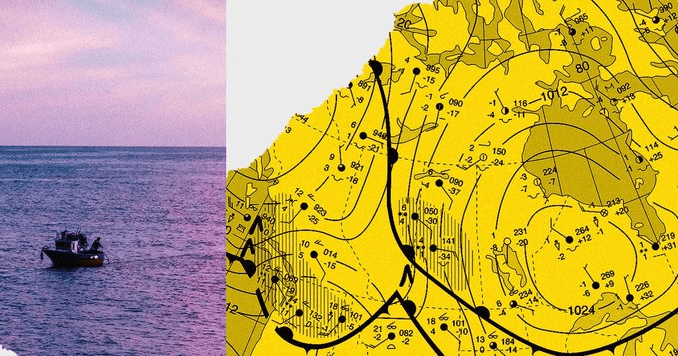
HUMANS HAVE TRIED to anticipate the climate’s turns for millennia, using early lore—“red skies at night” is an optimistic sigil for weather-weary sailors that’s actually associated with dry air and high pressure over an area—as well as observations taken from roofs, hand-drawn maps, and local rules of thumb. These guides to future weather predictions were based off years of observation and experience.
Then, in the 1950s, a group of mathematicians, meteorologists, and computer scientists—led by John von Neumann, a renowned mathematician who had assisted the Manhattan Project years earlier, and Jule Charney, an atmospheric physicist often considered the father of dynamic meteorology—tested the first computerized automatic forecast.
